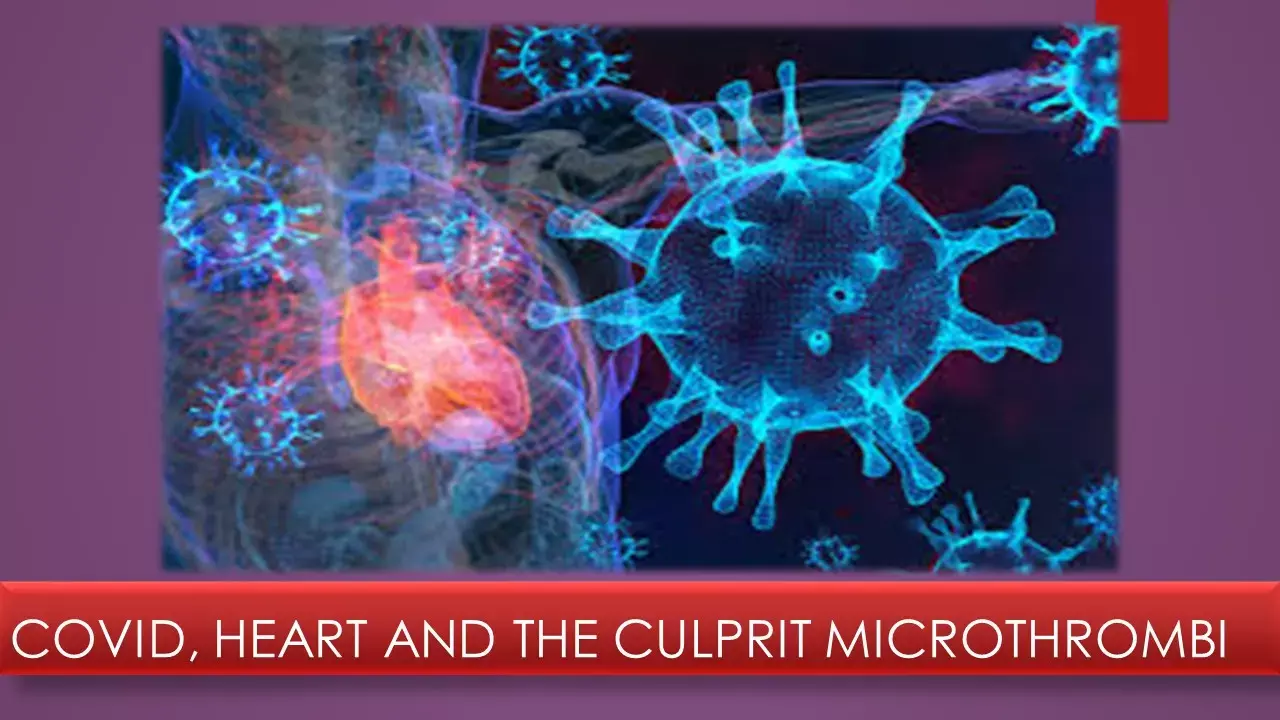- Home
- Medical news & Guidelines
- Anesthesiology
- Cardiology and CTVS
- Critical Care
- Dentistry
- Dermatology
- Diabetes and Endocrinology
- ENT
- Gastroenterology
- Medicine
- Nephrology
- Neurology
- Obstretics-Gynaecology
- Oncology
- Ophthalmology
- Orthopaedics
- Pediatrics-Neonatology
- Psychiatry
- Pulmonology
- Radiology
- Surgery
- Urology
- Laboratory Medicine
- Diet
- Nursing
- Paramedical
- Physiotherapy
- Health news
- Fact Check
- Bone Health Fact Check
- Brain Health Fact Check
- Cancer Related Fact Check
- Child Care Fact Check
- Dental and oral health fact check
- Diabetes and metabolic health fact check
- Diet and Nutrition Fact Check
- Eye and ENT Care Fact Check
- Fitness fact check
- Gut health fact check
- Heart health fact check
- Kidney health fact check
- Medical education fact check
- Men's health fact check
- Respiratory fact check
- Skin and hair care fact check
- Vaccine and Immunization fact check
- Women's health fact check
- AYUSH
- State News
- Andaman and Nicobar Islands
- Andhra Pradesh
- Arunachal Pradesh
- Assam
- Bihar
- Chandigarh
- Chattisgarh
- Dadra and Nagar Haveli
- Daman and Diu
- Delhi
- Goa
- Gujarat
- Haryana
- Himachal Pradesh
- Jammu & Kashmir
- Jharkhand
- Karnataka
- Kerala
- Ladakh
- Lakshadweep
- Madhya Pradesh
- Maharashtra
- Manipur
- Meghalaya
- Mizoram
- Nagaland
- Odisha
- Puducherry
- Punjab
- Rajasthan
- Sikkim
- Tamil Nadu
- Telangana
- Tripura
- Uttar Pradesh
- Uttrakhand
- West Bengal
- Medical Education
- Industry
Microthrombi are chief culprits of COVID induced cardiac injury, reports study

Cardiac injury is common in hospitalized patients with COVID-19 and portends poorer prognosis. However, the mechanism and the type of myocardial damage associated with SARS-CoV-2 remain uncertain. A pathological study published in Circulation Journal has shown that the most common pathologic cause of myocyte necrosis are microthrombi.
The cause of myocardial injury in patients with COVID-19 has not been previously elucidated in a systematic manner. Various pathophysiological mechanisms have been hypothesized including direct viral invasion of the heart or immune-mediated cardiac injury causing myocarditis, stress-cardiomyopathy, myocardial supply-demand mismatch leading to type II myocardial infarction, cytokine storm and hypercoagulability resulting in either increased risk of epicardial coronary thrombosis, pulmonary emboli, and/or microvascular thrombi. Understanding the exact nature of cardiac injury in patients with COVID-19 may impact public health strategies, diagnostic testing, and new therapeutic trials for those infected with COVID-19.
Pellegrini et al conducted a systematic pathologic analysis of 40 hearts from hospitalized patients dying of COVID-19 in Bergamo, Italy to determine the pathologic mechanisms of cardiac injury. They divided the hearts according to presence or absence of acute myocyte necrosis and then determined the underlying mechanisms of cardiac injury.
Of the 40 hearts examined, 14 (35%) had evidence of myocyte necrosis, predominantly of the left ventricle. As compared to subjects without necrosis, subjects with necrosis tended to be female, had chronic kidney disease, and shorter symptom onset to admission. The incidence of severe coronary artery disease (i.e., >75% cross sectional narrowing) was not significantly different between those with and without necrosis. 3/14 (21 .4%) subjects with myocyte necrosis showed evidence of acute myocardial infarction defined as >1 cm2 area of necrosis while 11/14 (78.6%) showed evidence of focal myocyte necrosis. Cardiac thrombi were present in 11/14 (78.6%) cases with necrosis, with 2/14 (14.2%) having epicardial coronary artery thrombi while 9/14 (64.3%) had microthrombi in myocardial capillaries, arterioles, and small muscular arteries.
Microthrombi were different in thrombus constituents with richer fibrin and complement as compared to intramyocardial thrombi from COVID-negative subjects and from thrombi aspirated from coronary arteries of both COVID-19 positive and negative STEMI cases.
They were able to recover viral RNA in only 20% of hearts studied despite it being detectable in lungs in the vast majority of cases (85%). Indeed, in this series, there were no differences in the percentage of cases with viral RNA detected in the heart with and without myocardial necrosis suggesting direct viral invasion of the heart does not play a major role in the development of necrosis.
Clinicians should be aware of the possibility of microthrombi which may not be detectable clinically as a cause of cardiac injury in subjects with COVID-19 infection. The use of tailored anti-thrombotic strategies to counteract the effects of microthrombi on the heart may be useful and should be examined.
Source: Circulation: Pellegrini D, Kawakami R, Guagliumi G, et al. Microthrombi As A Major Cause of Cardiac Injury in COVID-19: A Pathologic Study. Circulation. 2021 Jan 22. doi: 10.1161/CIRCULATIONAHA.120.051828.
MBBS, MD , DM Cardiology
Dr Abhimanyu Uppal completed his M. B. B. S and M. D. in internal medicine from the SMS Medical College in Jaipur. He got selected for D. M. Cardiology course in the prestigious G. B. Pant Institute, New Delhi in 2017. After completing his D. M. Degree he continues to work as Post DM senior resident in G. B. pant hospital. He is actively involved in various research activities of the department and has assisted and performed a multitude of cardiac procedures under the guidance of esteemed faculty of this Institute. He can be contacted at editorial@medicaldialogues.in.
Dr Kamal Kant Kohli-MBBS, DTCD- a chest specialist with more than 30 years of practice and a flair for writing clinical articles, Dr Kamal Kant Kohli joined Medical Dialogues as a Chief Editor of Medical News. Besides writing articles, as an editor, he proofreads and verifies all the medical content published on Medical Dialogues including those coming from journals, studies,medical conferences,guidelines etc. Email: drkohli@medicaldialogues.in. Contact no. 011-43720751


